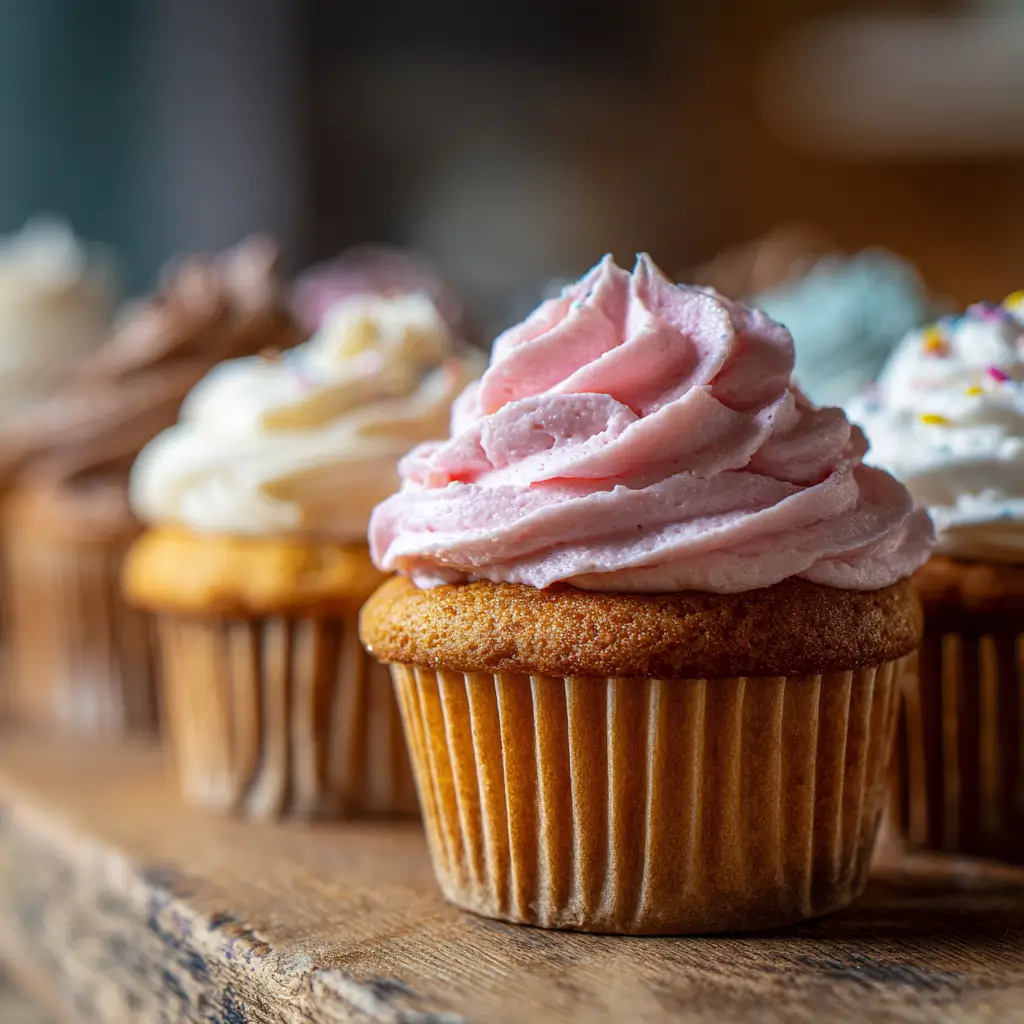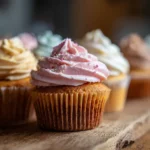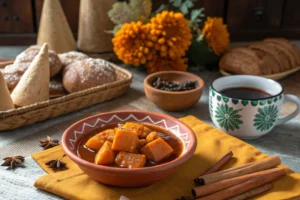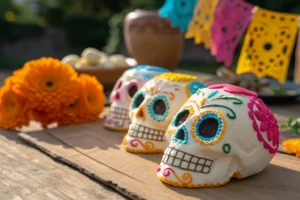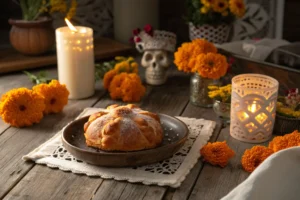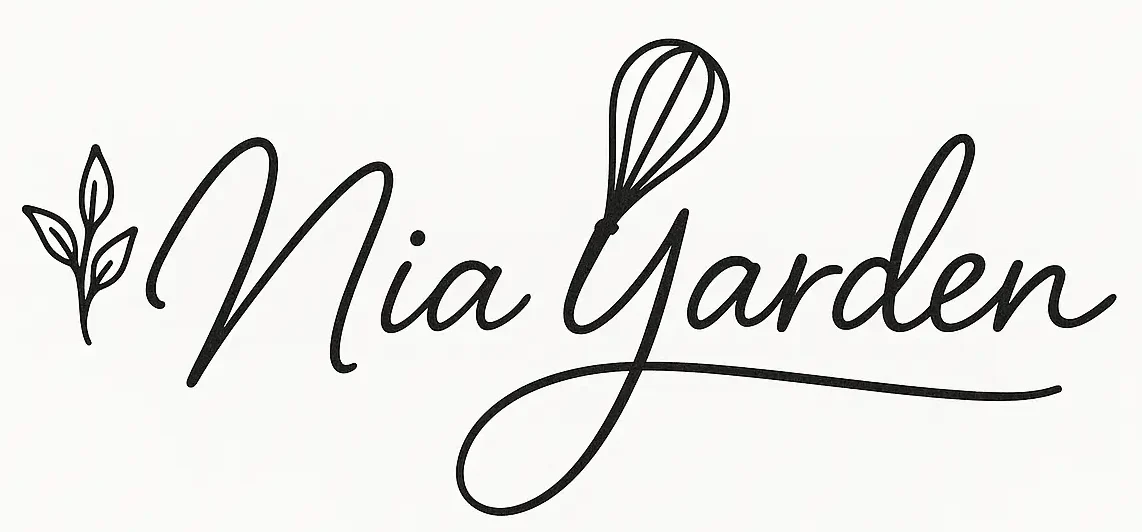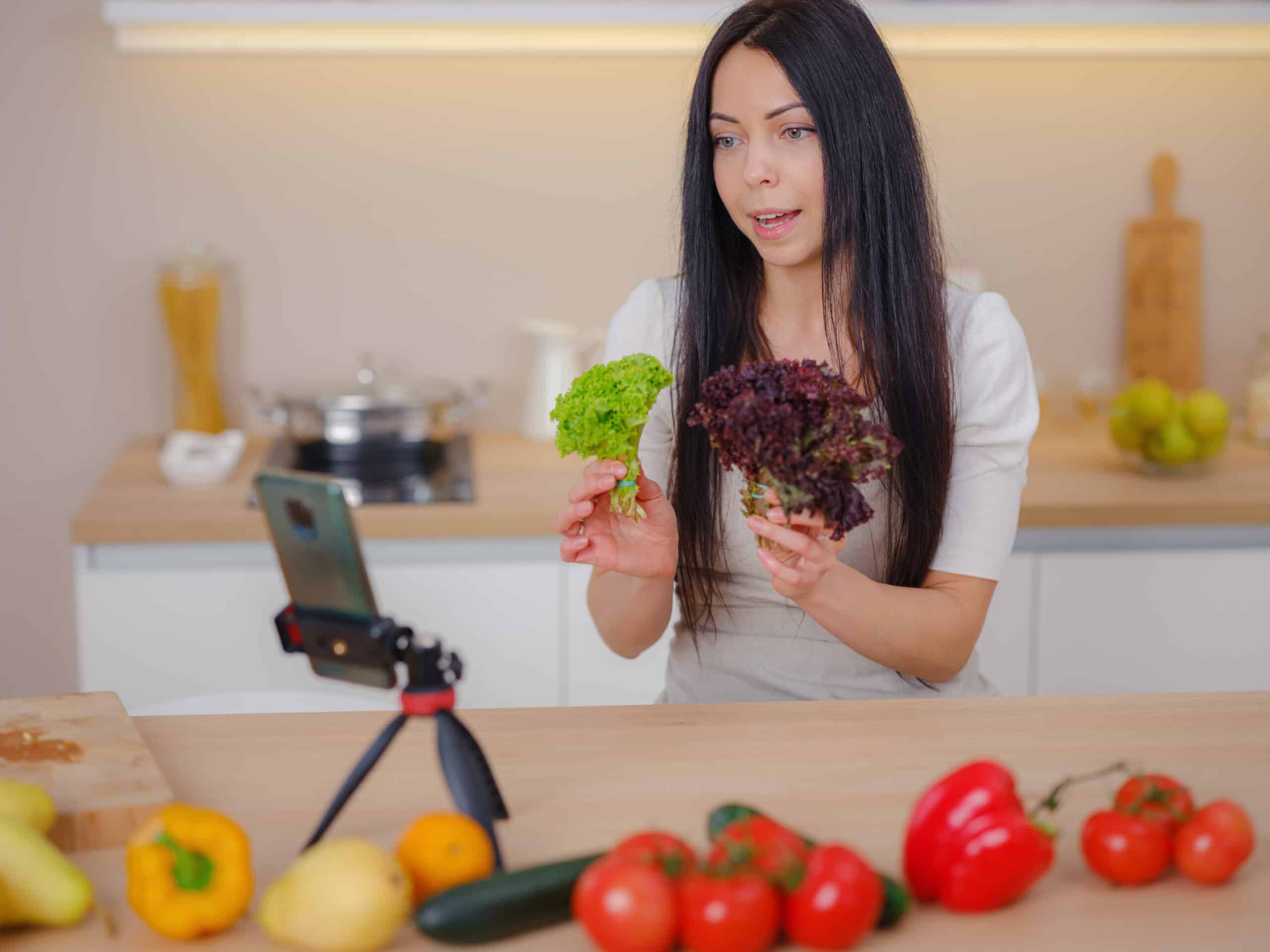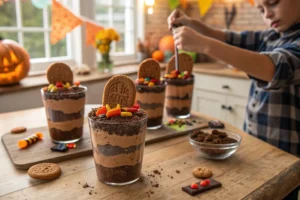Cupcakes are the go-to treat for birthdays, bake sales, and weekend cravings. But if you’re lactose intolerant, vegan, or simply cutting dairy from your diet, you might be wondering if you have to give up this sweet indulgence. Good news—you don’t. Dairy free cupcakes are more than possible; they’re delicious, easy to make, and just as moist and flavorful as traditional ones. Whether you’re baking for dietary reasons or lifestyle choices, this guide walks you through everything from ingredients and baking tips to frosting ideas and common store-bought options.
Table of Contents
Discover great ideas like these dairy-free treats: Check out our dairy-free ice cream recipes here
PrintDairy Free Cupcakes Recipe
These dairy free cupcakes are moist, fluffy, and completely delicious—perfect for anyone avoiding milk or following a vegan lifestyle. Made with simple ingredients and ready in under 30 minutes, they’re ideal for birthdays, holidays, or anytime you want a sweet treat without the dairy.
- Prep Time: 10 minutes
- Cook Time: 20 minutes
- Total Time: 30 minutes
- Yield: 12 cupcakes 1x
- Category: Dessert
- Method: Baking
- Cuisine: American
- Diet: Vegan
Ingredients
1 1/2 cups all-purpose flour
1/2 cup unsweetened cocoa powder (optional for chocolate cupcakes)
1 cup organic cane sugar
1 tsp baking soda
1/2 tsp baking powder
1/4 tsp salt
1 cup almond milk (or oat milk)
1/3 cup melted coconut oil
1 tbsp apple cider vinegar
1 tsp vanilla extract
1/2 cup unsweetened applesauce (optional for extra moisture)
Instructions
Preheat oven to 350°F (175°C) and line a muffin tin with 12 cupcake liners.
In a large bowl, sift together flour, cocoa powder (if using), sugar, baking soda, baking powder, and salt.
In another bowl, whisk almond milk, vinegar, coconut oil, vanilla, and applesauce until well combined.
Pour wet mixture into dry and stir gently until just combined—do not overmix.
Divide batter evenly into the liners, filling each 2/3 full.
Bake for 18–20 minutes or until a toothpick inserted comes out clean.
Cool for 5 minutes in the pan, then transfer to a wire rack to cool completely.
Frost with your favorite dairy-free frosting and decorate as desired.
Notes
For a vanilla-only version, omit cocoa powder and increase flour by 1/4 cup.
To make gluten-free, use a 1:1 gluten-free flour blend.
Store leftovers in an airtight container for up to 3 days or freeze unfrosted cupcakes for longer storage.
Nutrition
- Serving Size: 1 cupcake
- Calories: 210
- Sugar: 15g
- Sodium: 190mg
- Fat: 9g
- Saturated Fat: 4g
- Unsaturated Fat: 4.5g
- Trans Fat: 0g
- Carbohydrates: 30g
- Fiber: 2g
- Protein: 2g
- Cholesterol: 0mg
Why Choose Dairy Free Cupcakes?
The Growing Need for Dairy-Free Baking
More people today are turning to dairy-free diets due to lactose intolerance, food allergies, or ethical reasons. According to the National Institutes of Health, about 36% of Americans experience some level of lactose malabsorption. That’s a lot of people who need alternatives! Dairy free cupcakes make it easier for families, schools, and event hosts to serve treats that nearly everyone can enjoy without worry.
Whether you’re vegan, dairy-sensitive, or just experimenting with cleaner eating, baking without milk or butter doesn’t mean compromising on flavor. In fact, many dairy alternatives offer unique tastes and textures that enhance your cupcakes.
Health and Dietary Benefits of Dairy Free Cupcakes
Choosing dairy-free isn’t just about restrictions—it’s also about benefits. Swapping out cow’s milk or butter for plant-based options often reduces saturated fats and cholesterol. Many dairy alternatives like oat milk or almond milk are lower in calories and can even add nutritional value like added calcium or vitamin D.
Here’s a quick comparison:
| Dairy Product | Dairy-Free Alternative | Health Benefit |
|---|---|---|
| Whole Milk | Almond Milk | Fewer calories, lower fat |
| Butter | Coconut Oil | Adds healthy MCTs |
| Cream Cheese | Cashew Cream | Rich texture, dairy-free |
Don’t miss our dairy-free banana bread recipe—perfect for breakfast or a snack when you’re craving something sweet yet healthy.
Ingredients That Make Dairy Free Cupcakes Work
Common Dairy Substitutes Used in Cupcake Recipes
Switching out dairy doesn’t mean you’re stuck with bland or dry cupcakes. In fact, many dairy alternatives add depth and texture you might not expect. Here are some of the best substitutes to keep your cupcakes rich, moist, and flavorful:
- Milk Alternatives: Almond milk, oat milk, soy milk, coconut milk, and rice milk are great options. They’re mild in flavor and blend well with most batters.
- Butter Replacements: Coconut oil, vegan butter, applesauce, and even mashed bananas can stand in for butter. They help maintain that soft crumb and moist bite.
- Yogurt Alternatives: Coconut yogurt or soy yogurt can provide the acidity and creaminess you need, especially in dense cupcake batters.
When choosing a replacement, always consider your cupcake flavor. Chocolate cupcakes may pair better with almond or oat milk, while tropical flavors shine with coconut milk.
Comparing Plant-Based Milks: Almond, Oat, Soy, and Coconut
Different plant-based milks can impact your recipe in unique ways:
| Milk Type | Taste Profile | Best For | Notes |
|---|---|---|---|
| Almond Milk | Mild, nutty | Chocolate, vanilla cupcakes | Light texture, low fat |
| Oat Milk | Creamy, sweet | Carrot, spice cupcakes | Thickens well, easy to bake |
| Soy Milk | Neutral, creamy | All-purpose use | High protein, stable in heat |
| Coconut Milk | Rich, coconut flavor | Tropical, lemon cupcakes | Best in full-fat form |
Some of these are even fortified with calcium and vitamin D, making them a healthier swap for traditional dairy. Don’t miss our popular dairy-free chocolate chip cookies for another plant-based dessert idea.
Best Dairy Free Milk for Cupcakes

How Dairy-Free Milks Affect Taste and Texture
When baking dairy free cupcakes, the milk alternative you choose plays a crucial role. It’s not just about moisture—your plant-based milk can influence everything from fluffiness to flavor.
For example:
- Oat milk is naturally sweet and makes your cupcakes feel richer.
- Almond milk is lighter, perfect for airy vanilla cupcakes.
- Soy milk has more protein, which helps with structure—great for denser batters like chocolate or banana cupcakes.
- Coconut milk, especially the full-fat kind, adds creaminess and pairs wonderfully with tropical or spiced cupcakes.
The goal is to match your milk to the style of cupcake you’re baking.
Here’s a pro tip: If your batter looks too thin after substituting the milk, mix in a tablespoon of ground flaxseed or chia seeds to stabilize it without compromising flavor.
Choosing the Right Milk Alternative Based on Recipe Type
Here’s a quick-reference table to guide your decision:
| Cupcake Flavor | Best Milk Substitute | Why It Works |
|---|---|---|
| Vanilla | Oat or almond milk | Enhances flavor, keeps it light |
| Chocolate | Soy milk | Stable under heat, rich base |
| Coconut or Pineapple | Coconut milk | Complements tropical flavors |
| Spiced or Carrot | Oat milk | Holds moisture, blends with spice |
Still experimenting? Try making mini batches of your dairy free cupcakes using different milks to compare results side by side.
Looking for inspiration? Try our show-stopping dairy-free ice cream cake—a perfect pairing with cupcakes at your next celebration.
Can You Really Make Cupcakes Without Milk?
How to Adjust Cupcake Recipes When Skipping Milk
Absolutely—you can make delicious, fluffy dairy free cupcakes without using any milk at all. While milk contributes moisture and richness, it’s not essential. The key is substituting smartly to retain the texture and structure of the cupcake.
Here are a few tested swaps:
- Use water + oil: A simple combo that provides moisture.
- Add mashed fruits: Bananas, applesauce, or even pumpkin puree can act as both binder and hydrator.
- Try fruit juices: For citrus cupcakes, orange or lemon juice gives both liquid and zingy flavor.
You can also use dairy-free yogurt or nut-based creamers, which mimic the richness of milk without the lactose.
The trick is to balance liquids and fats so your cupcakes don’t come out dense or crumbly. If your batter feels too thick, add a splash more of your chosen substitute until it’s smooth and scoopable.
Baking Science Behind Dairy-Free Recipes
In traditional baking, milk interacts with flour to create gluten and activates leaveners like baking soda. To replicate this without dairy:
- Use acidic ingredients like apple cider vinegar or lemon juice with baking soda for rise.
- Replace buttermilk with plant milk + vinegar (1 cup almond milk + 1 tbsp vinegar = 1 cup buttermilk substitute).
- Use light oils or vegan margarine to retain that buttery mouthfeel.
Let’s look at a quick cheat sheet for milk-free baking structure:
| Traditional Role | Dairy-Free Replacement | Why It Works |
|---|---|---|
| Moisture | Applesauce, fruit juice | Keeps texture soft |
| Creaminess | Coconut milk, vegan yogurt | Adds richness without dairy |
| Lift | Vinegar + baking soda combo | Creates air pockets for fluff |
So yes—dairy free cupcakes without any milk? Totally doable and incredibly tasty.
Replacing Milk in Traditional Cupcake Recipes
How to Substitute Dairy in Your Favorite Cupcake Recipe
Transforming your classic recipe into a batch of moist, fluffy dairy free cupcakes is simpler than you think. It’s all about understanding the role of each ingredient and selecting an equivalent that maintains flavor, texture, and structure.
Let’s take a typical cupcake recipe:
- Original: 1 cup whole milk
- Swap: 1 cup unsweetened almond milk or oat milk
- Optional: Add 1 teaspoon of apple cider vinegar to mimic buttermilk effect
This not only replaces dairy but often enhances the softness of the crumb. If your recipe calls for butter, replace it 1:1 with:
- Coconut oil (melted)
- Vegan butter
- Avocado or applesauce (for healthier, oil-free baking)
Here’s a helpful substitution guide:
| Dairy Ingredient | Dairy-Free Option | Ratio | Best For |
|---|---|---|---|
| Whole Milk | Almond/Oat/Soy Milk | 1:1 | All cupcake types |
| Buttermilk | Plant Milk + Vinegar | 1:1 | Chocolate, red velvet, spice cakes |
| Butter | Vegan Butter or Coconut Oil | 1:1 | Frosting, moist cupcakes |
| Cream | Coconut Cream | 1:1 | Rich, indulgent cupcakes |
Don’t miss our tip: when baking dairy free cupcakes, always bring your milk alternative to room temperature. This helps ingredients blend better and prevents curdling.
Cupcake Moisture and Structure With Dairy Replacements
Worried your cupcakes will turn out dry? Here’s how to avoid that:
- Choose the right oil: Coconut and olive oil are fantastic for retaining moisture.
- Don’t overmix: Too much stirring can lead to dense or rubbery cupcakes.
- Add moisture enhancers: Applesauce, mashed banana, or vegan yogurt can elevate texture.
Let’s say you’re trying to mimic a creamy vanilla cupcake. Use full-fat oat milk, vegan butter, and a splash of vanilla extract. The result? Soft, melt-in-your-mouth cupcakes with no dairy in sight.
Making Dairy Free Frosting That Tastes Amazing
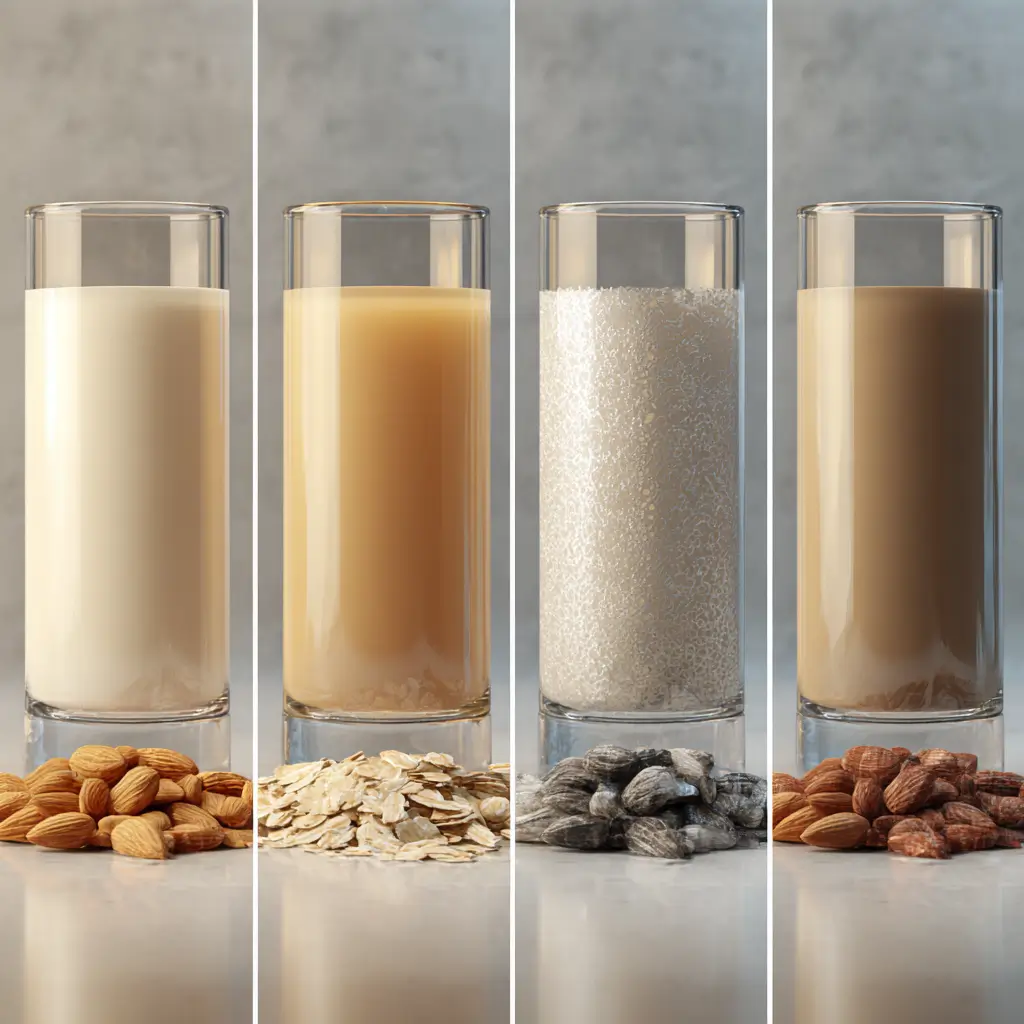
Best Non-Dairy Butter and Cream Cheese Options
What’s a cupcake without frosting? Luckily, you don’t need dairy to whip up a smooth, sweet topping that rivals any traditional buttercream. Whether you prefer something classic or adventurous, there are plenty of plant-based options to top your dairy free cupcakes beautifully.
Here are some top non-dairy products used by home bakers and professionals alike:
- Vegan Butters: Brands like Earth Balance and Miyoko’s offer spreads with the same consistency and richness as real butter.
- Coconut Oil: For a light, tropical flavor with a creamy texture.
- Non-Dairy Cream Cheese: Try Tofutti or Kite Hill for cream cheese frostings that spread easily and hold up well.
Pairing tip: Use coconut oil or vegan butter in chocolate frosting for a glossy finish. For tangy vanilla or lemon frosting, non-dairy cream cheese adds depth and balance.
Easy Recipes for Vegan Chocolate and Vanilla Frosting
Let’s make two quick, delicious frostings—no dairy required.
1. Classic Vegan Vanilla Frosting
Ingredients:
- 1/2 cup vegan butter
- 2 1/2 cups powdered sugar
- 1 1/2 tablespoons oat milk
- 1 teaspoon vanilla extract
- Pinch of salt
Instructions:
- Beat the vegan butter until light and fluffy.
- Gradually add powdered sugar and continue mixing.
- Add oat milk and vanilla, beat until smooth and creamy.
2. Rich Vegan Chocolate Frosting
Ingredients:
- 1/2 cup coconut oil (solid, not melted)
- 2/3 cup unsweetened cocoa powder
- 2 1/4 cups powdered sugar
- 1/4 cup almond milk
- 1 tsp vanilla extract
Instructions:
- Cream coconut oil and cocoa powder together.
- Add powdered sugar and almond milk, alternating in batches.
- Mix until silky and spreadable.
Both frostings pair perfectly with chocolate, vanilla, or even red velvet dairy free cupcakes. Just remember: keep them cool—vegan frostings can melt faster in warm kitchens.
Need something extra special? Check out our dairy-free ice cream cake for a layered dessert that’s 100% dairy-free and crowd-pleasing.
Are Popular Cupcakes Dairy-Free?
What is a Dairy Queen Cupcake and Does It Contain Dairy?
If you’ve ever strolled into Dairy Queen, you might have seen their iconic individual cupcake—a frozen dessert with a fudge and chocolate center, wrapped in layers of vanilla and chocolate soft serve. While it’s a crowd-pleaser, it’s unfortunately not dairy free.
This popular treat is made with cream and milk-based ingredients throughout, including the fudge core and whipped topping. So for those who are lactose intolerant or following a plant-based diet, this one’s best avoided.
But don’t let that stop you. You can easily create a copycat version at home using dairy-free ice cream, coconut cream ganache, and your favorite cupcake base. It delivers the same rich experience, minus the dairy.
Do Hostess Cupcakes Have Dairy Ingredients?
Hostess cupcakes—the nostalgic kind with the squiggle on top—aren’t suitable for dairy-free diets either. The label lists multiple milk-based ingredients, such as:
- Whey
- Skim milk
- Nonfat milk solids
- Modified whey protein concentrate
That means dairy is present in both the cake and the creamy filling. For anyone avoiding lactose, these packaged snacks are off-limits.
However, there’s a better option: homemade. When you bake your own dairy free cupcakes, you know exactly what’s inside. Swap the butter, milk, and cream with plant-based alternatives and enjoy the same soft texture and rich flavor—guilt-free.
Looking for a fun twist on the classic chocolate cupcake? Try pairing it with our coconut milk chocolate ganache and dairy-free vanilla frosting for a bakery-style finish.
Up next, let’s dive into the step-by-step recipe to make your own dairy free cupcakes from scratch—easy, moist, and 100% dairy-free.
Step-by-Step Dairy Free Cupcake Recipe
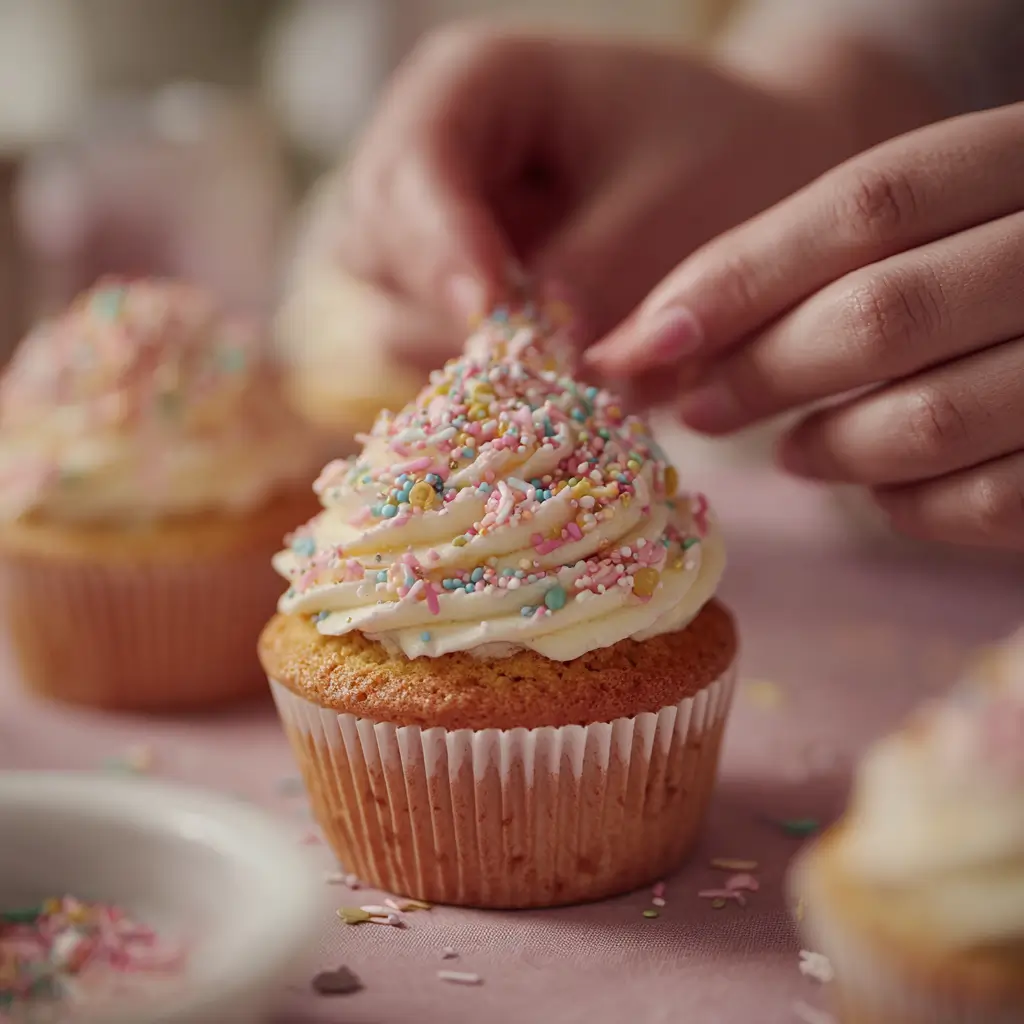
Ingredients List and Prep Tips
Baking perfect dairy free cupcakes starts with the right ingredients. Whether you’re making them for a party, holiday, or a simple snack, this recipe ensures they come out soft, moist, and totally delicious—no milk or butter required.
Dry Ingredients:
- 1 1/2 cups all-purpose flour
- 1/2 cup unsweetened cocoa powder (for chocolate dairy free cupcakes)
- 1 cup cane sugar or coconut sugar
- 1 tsp baking soda
- 1/2 tsp baking powder
- 1/4 tsp sea salt
Wet Ingredients:
- 1 cup almond milk or oat milk (the base of great dairy free cupcakes)
- 1/3 cup melted coconut oil or neutral oil
- 1 tbsp apple cider vinegar
- 1 tsp pure vanilla extract
- Optional: 1/2 cup applesauce for extra moisture
Pro Prep Tip: Mix the plant milk and vinegar first. This trick mimics buttermilk, which enhances the structure of your dairy free cupcakes and adds subtle tang.
Mixing, Baking, and Decorating Guide
Step 1: Prep the pan
Line your muffin tin with cupcake liners and preheat the oven to 350°F (175°C). This ensures even baking and easy cleanup—key for consistent dairy free cupcakes.
Step 2: Mix dry ingredients
In a large bowl, sift together flour, cocoa (if using), sugar, baking soda, baking powder, and salt.
Step 3: Combine wet ingredients
Whisk the almond milk + vinegar mixture with oil, vanilla, and applesauce. This creates a smooth liquid base for fluffy dairy free cupcakes.
Step 4: Bring it together
Slowly fold the wet ingredients into the dry. Mix just until combined—overmixing leads to dense cupcakes, especially when working with dairy free batters.
Step 5: Fill and bake
Spoon the batter into cupcake liners, about two-thirds full. Bake for 18–20 minutes, or until a toothpick comes out clean. Don’t overbake; dairy free cupcakes can dry out quickly without dairy fats.
Step 6: Cool completely
After baking, cool the cupcakes in the tray for 5 minutes. Then transfer them to a wire rack. Let them cool fully before frosting—this keeps your dairy free frosting intact.
Step 7: Frost and decorate
Top each cupcake with your favorite vegan frosting. Whether it’s classic vanilla, decadent chocolate, or a flavored twist, these toppings elevate your dairy free cupcakes from simple to sensational.
Creative Decorating Ideas:
- Sprinkle with coconut flakes for texture
- Pipe frosting with a swirl for that bakery look
- Add berries or crushed nuts for visual appeal and flavor
These dairy free cupcakes are soft, perfectly sweet, and versatile enough for every occasion—from kid-friendly birthdays to elegant dessert tables. They’re proof that you don’t need dairy to bake something indulgent.
Looking for more celebration-worthy recipes? Don’t miss our creamy dairy-free ice cream cake, perfect to serve with these cupcakes at your next party.
Troubleshooting Dairy Free Cupcakes
Why Are Your Cupcakes Dry or Dense?
Even with the best intentions, dairy free cupcakes can sometimes turn out a little off—too dry, too dense, or just not rising properly. Luckily, these common issues have simple fixes.
Here’s what might be going wrong:
- Overbaking: Without dairy fats, cupcakes can dry out faster. Always check a few minutes before the recipe’s end time.
- Too little moisture: If you’re not using applesauce, banana, or another moisture-rich ingredient, consider adding one.
- Using the wrong milk: Light milks like rice milk may not give enough richness. For softer cupcakes, use oat or almond milk.
- Not enough acid: Dairy free recipes need balance. Apple cider vinegar or lemon juice can help cupcakes rise and stay fluffy.
Fix: Next time, test your batter’s texture before baking—it should be slightly thick but still pourable.
Fixing Common Issues in Dairy-Free Baking
Here’s a quick guide to solving the top problems bakers face when making dairy free cupcakes:
| Problem | Possible Cause | Solution |
|---|---|---|
| Dry texture | Overbaked or not enough fat | Add applesauce or switch to oat milk |
| Gummy center | Overmixing | Stir gently, only until combined |
| Flat tops | Weak leavening reaction | Use vinegar with baking soda |
| Oily or greasy texture | Too much oil, not balanced | Use applesauce for part of the oil |
| Cracked cupcake tops | Oven too hot | Lower temp by 10°F and bake slightly longer |
When baking without dairy, small changes can make a big difference. Don’t be afraid to experiment. Start with trusted recipes, adjust to your taste, and keep notes for next time.
Want even more dessert ideas without milk or butter? Check out our reader-favorite dairy-free banana bread for a perfectly moist and satisfying loaf that’s just as comforting as cupcakes.
FAQs About Dairy Free Cupcakes
What dairy-free milk is best for cupcakes?
The best dairy-free milk for cupcakes depends on the flavor and texture you’re aiming for. Almond milk is a go-to for light and airy cupcakes, while oat milk offers a creamier consistency that’s ideal for richer batters. Soy milk provides stability and protein, making it great for structured cupcakes like chocolate or red velvet. For tropical flavors, coconut milk adds a rich, slightly sweet taste. All of these are excellent choices for making flavorful, fluffy dairy free cupcakes.
Can you make cupcakes without milk?
Absolutely. Many cupcake recipes can be made with no milk at all. Instead of traditional dairy, you can use water, fruit juice, applesauce, or even dairy-free yogurt as liquid ingredients. These alternatives help maintain the texture and taste of the cupcakes. With the right adjustments, you won’t even notice the milk is missing from your dairy free cupcakes.
How do you replace milk in cupcakes?
To replace milk in cupcake recipes, simply use a 1:1 ratio of plant-based milk such as almond, oat, soy, or coconut milk. If the recipe calls for buttermilk, mix your plant milk with a little vinegar or lemon juice to mimic the acidity. This combo helps the cupcakes rise and stay soft. These simple swaps are key to successfully making dairy free cupcakes that taste just like the original—or better.
How to make frosting dairy free?
Dairy free frosting is surprisingly easy to make. Start with a base of vegan butter or solid coconut oil, then whip it with powdered sugar, a splash of plant milk, and your preferred flavoring—like vanilla or cocoa powder. You can also use non-dairy cream cheese for a tangier style. These frostings are smooth, spreadable, and perfect for topping your dairy free cupcakes.
What is a Dairy Queen cupcake?
A Dairy Queen cupcake is a single-serve frozen dessert layered with chocolate and vanilla soft serve around a fudge and chocolate center. While delicious, it’s not suitable for dairy-free diets, as it contains multiple milk-based ingredients. If you’re craving something similar, you can recreate it at home using dairy-free ice cream and homemade dairy free cupcakes.
Do Hostess cupcakes have dairy in them?
Yes, Hostess cupcakes do contain dairy. Ingredients such as whey, skim milk, and milk solids are used in both the cake and the filling. They’re not suitable for those avoiding dairy. For a similar taste without the dairy, your best option is to bake your own dairy free cupcakes using plant-based alternatives.
Conclusion: Bake the Perfect Dairy Free Cupcakes with Confidence
Whether you’re dairy intolerant, vegan, or just exploring healthier baking alternatives, dairy free cupcakes are a game-changer. With the right ingredients, you can achieve the same soft texture, rich flavor, and beautiful presentation as any traditional recipe—minus the dairy. From selecting the best milk substitute to mastering vegan frosting, you now have all the tools to bake cupcakes that everyone will love.
Looking for more dairy-free dessert ideas? Don’t miss our creamy dairy-free ice cream and chewy dairy-free chocolate chip cookies—perfect companions for your next dessert spread.
Follow us for more recipes and inspiration:
👉 Facebook – NYT Recipes
📌 Pinterest – NYT Recipe
